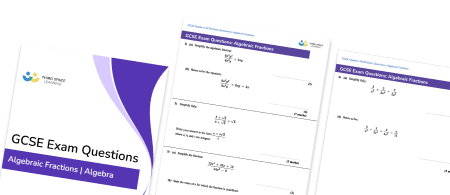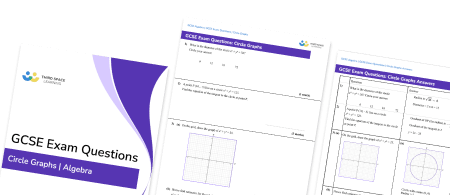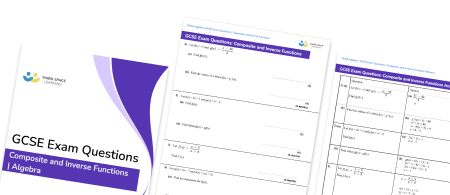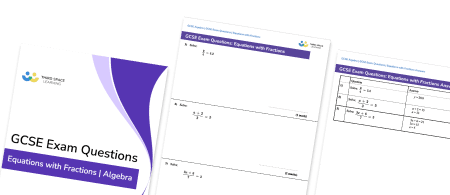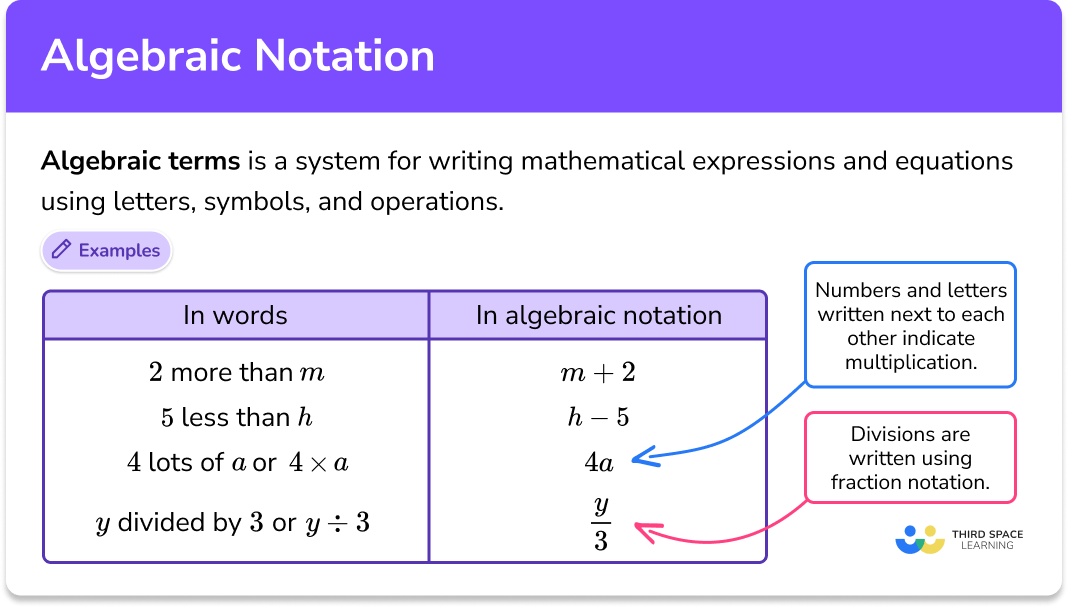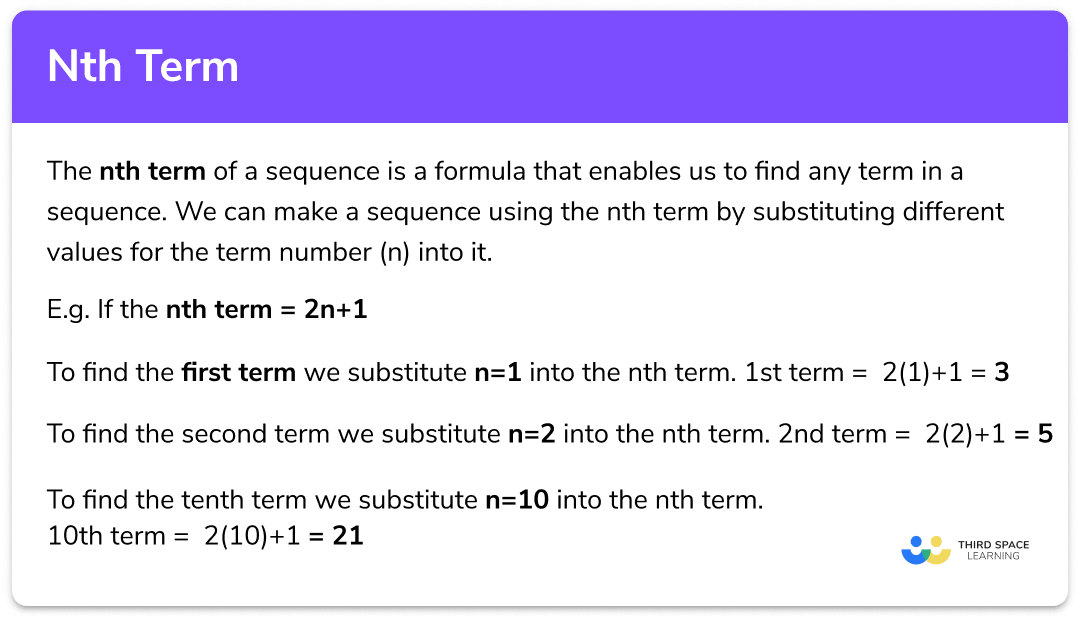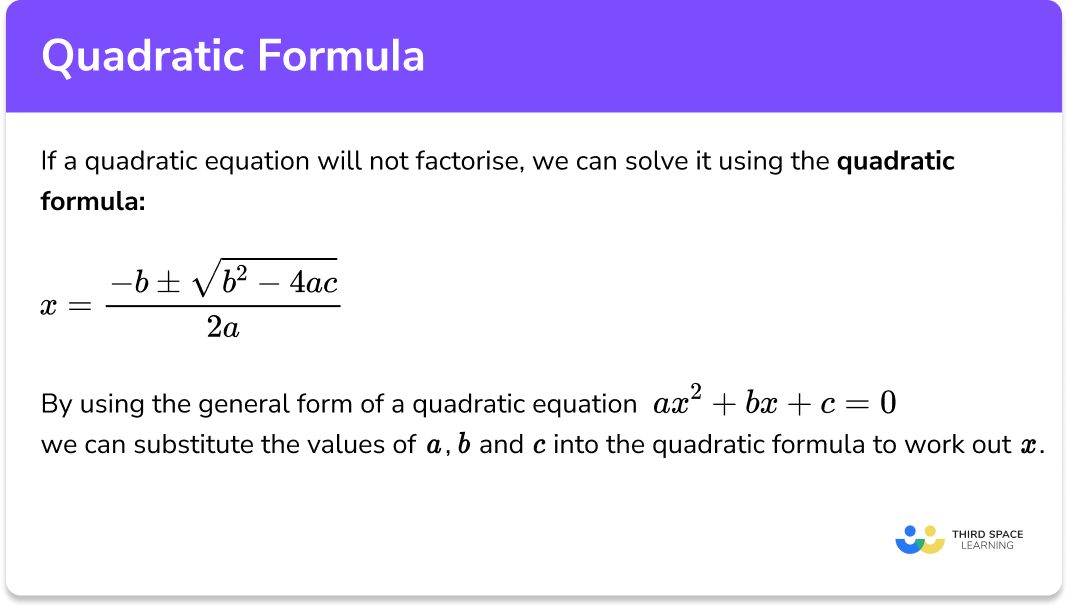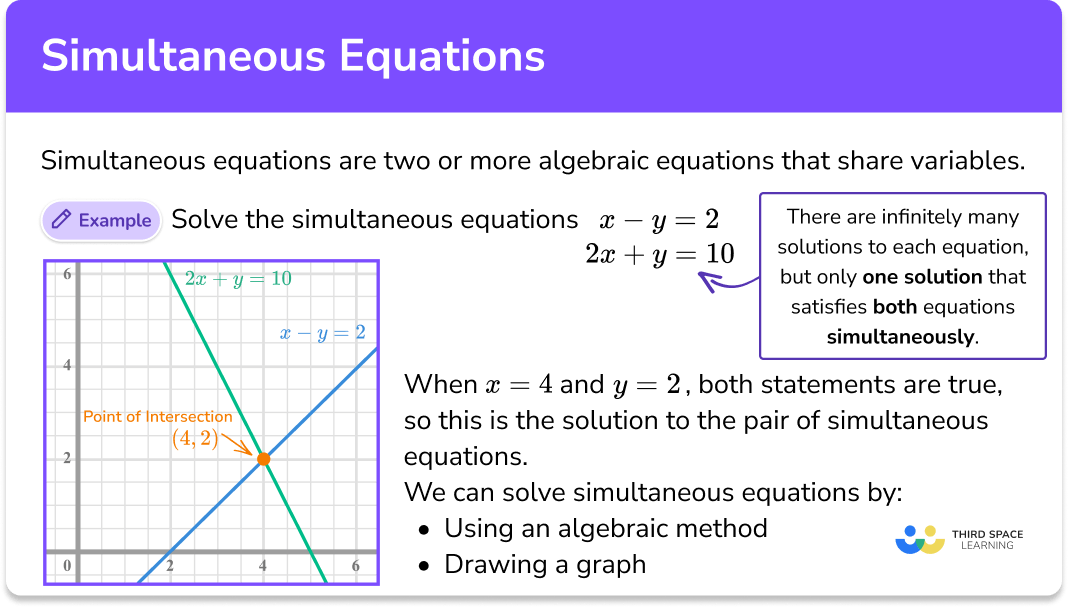FREE DOWNLOAD
Inequalities On A Number Line Worksheet

Help your students prepare for their Maths GCSE with this free inequalities on a number line worksheet of 30+ questions and answers
- Section 1 of the inequalities on a number line printable worksheet contains 20+ skills-based inequalities on a number line questions, in 3 groups to support differentiation
- Section 2 contains 3 applied inequalities on a number line questions with a mix of worded problems and deeper problem solving questions
- Section 3 contains 3 foundation and higher level GCSE inequalities on a number line exam questions
- Answers and a mark scheme for all inequalities on a number line questions are provided
- Questions follow variation theory with plenty of opportunities for students to work independently at their own level
- All questions created by fully qualified expert secondary maths teachers
- Suitable for GCSE maths revision for AQA, OCR and Edexcel exam boards
Unlock access to download your free resource
You can unsubscribe at any time (each email we send will contain an easy way to unsubscribe). To find out more about how we use your data, see our privacy policy.
Inequalities on a number line at a glance
Inequalities demonstrate relationships between two expressions that are not equal to each other. There are four types of inequality symbols: greater than >, less than <, greater than or equal to ≥ and less than or equal to ≤. For example, x>4 means x is greater than 4 , so x could be 5, 6, 7, … etc.
Inequalities can be represented on a number line. This gives us a visual representation of the possible values a variable can take. When showing inequalities on a number line, we use two different types of circle. We use an open circle if the inequality does not include an ‘equals to’ and a closed circle if it does. We then use an arrow from the circle or a line between two circles to indicate the possible values the variable can take.
Solving algebraic inequalities such as linear inequalities and quadratic inequalities is very similar to solving algebraic equations, but instead of using an equals sign we use an inequality symbol. As with linear equations, we can have one step inequalities, two step inequalities and unknowns on each side of the inequality. The solution to an inequality represents a range of values rather than one number and the solution set can be represented on a number line.
Given an inequality, we can also write down the possible values a variable can take. We are usually interested in the relevant integer values (whole numbers) it can take. For example, if 3≤x<8 then the possible integer values of x are 3, 4, 5, 6, and 7.
Looking forward, students can progress with more inequalities worksheets to additional algebra worksheets, for example a solving equations worksheet or simultaneous equations worksheet.

For more teaching and learning support on Algebra our GCSE maths lessons provide step by step support for all GCSE maths concepts.
Do you have students who need additional support to achieve their target GCSE maths grade?

There will be students in your class who require individual attention to help them succeed in their maths GCSEs. In a class of 30, it’s not always easy to provide.
Help your students feel confident with exam-style questions and the strategies they’ll need to answer them correctly with personalised online one to one tutoring from Third Space Learning
Lessons are selected to provide support where each student needs it most, and specially-trained GCSE maths tutors adapt the pitch and pace of each lesson. This ensures a personalised revision programme that raises grades and boosts confidence.

